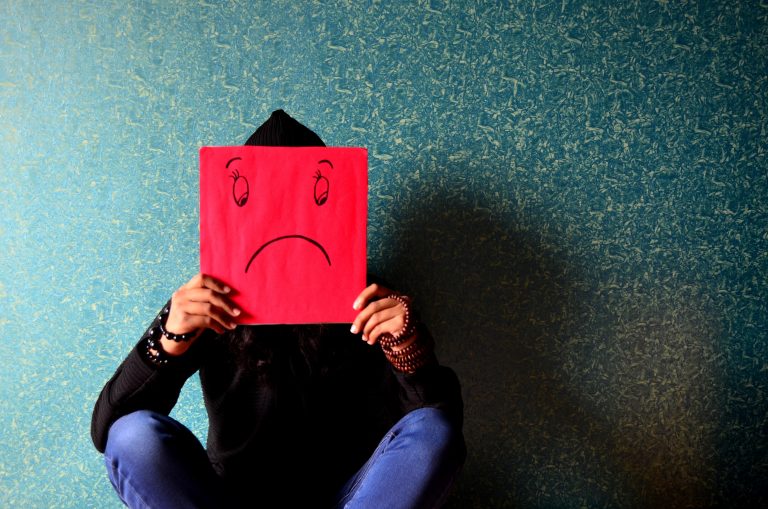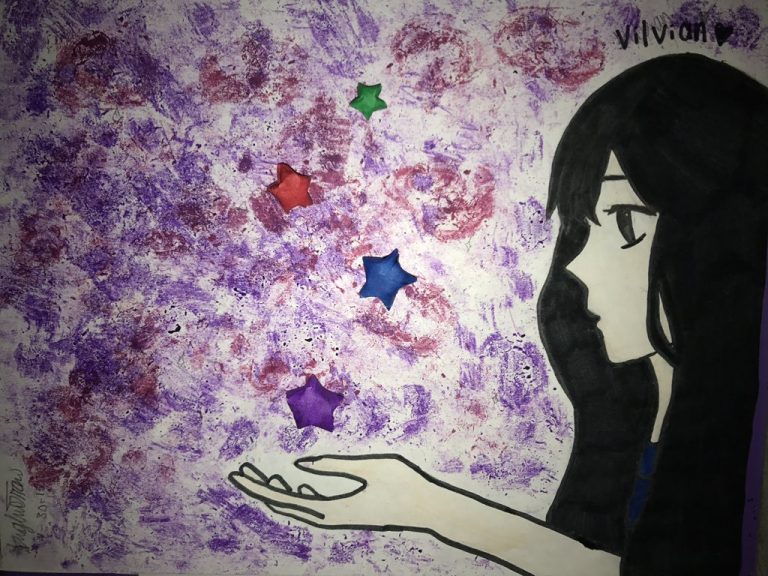A Difficult Start
I started writing this blog post in September 2017 and just… never made it very far. I don’t talk about this often, but September is a very difficult month for me. Over the last ten years, my grandma, grandpa, and mom passed away in the month of September. My mental health usually takes a turn for the worse in September as I cope with my feelings. Still, this blog on the importance of #OwnVoices is very important to me and I want to finish writing it.

What Makes Paper Wishes #OwnVoices?
Being Japanese-American

The first thing is that my main character,
Vilvian is not fluent in Japanese (neither am I), but there are undeniable aspects of the Japanese culture that are important to her and help make her who she is. From eating miso soup for dinner to folding origami (which is a major plot point) to
I have fond memories of my grandma reading me Japanese children’s books when I was in pre-school (even though I wasn’t 100% sure what she was saying), coming home from school and shouting “tadaima” (“I’m home!) from the front door and being told “okaeri” (“Welcome back!”) in response. We went to bon dances during the summer season and ate ozoni soup during the new year. (Not to mention having a kadomatsu, a traditional new year decoration, at our front door.) My mom would make onigiri (a triangular rice ball) for me as a snack, although our family called them musubi.
Additionally, as a young child who grew up in the first increment housing for purchase by sugar plantation workers, many of our teachers at school were
My experiences as a Japanese-American may not be the same experiences another Japanese-American person has. (For example, one of my friends does
Mental Health Struggles
The second thing that makes Paper Wishes so personal to me is Vilvian’s struggle with depression. I was diagnosed with clinical depression around 2003, started writing the first draft of Paper Wishes in 2007, and finished it around 2014. Between writing the first draft and getting published by Tapas Media in 2017, my mom was diagnosed with stage four lung cancer, which she later passed away from the same year I finished writing Paper Wishes.
In Paper Wishes, Vilvian is depressed because she lost her only parent to cancer. If memory serves, in the original draft Vilvian didn’t have parents (for whatever reason) but I revised it to include her mom passing away from cancer as a way for me to work through my complicated feelings about my mom’s diagnosis. The way Vilvian feels, how she pulled away from everyone and isolated herself from even her best friend is a lot like how I handle my grief because I don’t know how to act when people expect me to be a certain way. When I feel broken on the inside, I don’t know how to share it with others and I gave this trait to Vilvian.
Summary
Paper Wishes (and the sequel Paper Wings) are told from
If you’ve read Paper Wishes, I hope that you enjoyed it and that it resonated with you in some way, especially if you’re Asian-American or have mental health issues. It’s not a perfect story, but it’s something that I would have wanted to read when I was younger. ^_^
Thank you for reading this blog! I’m going to go scream into the abyss now because I don’t know how to handle sharing these things. XD Bye!